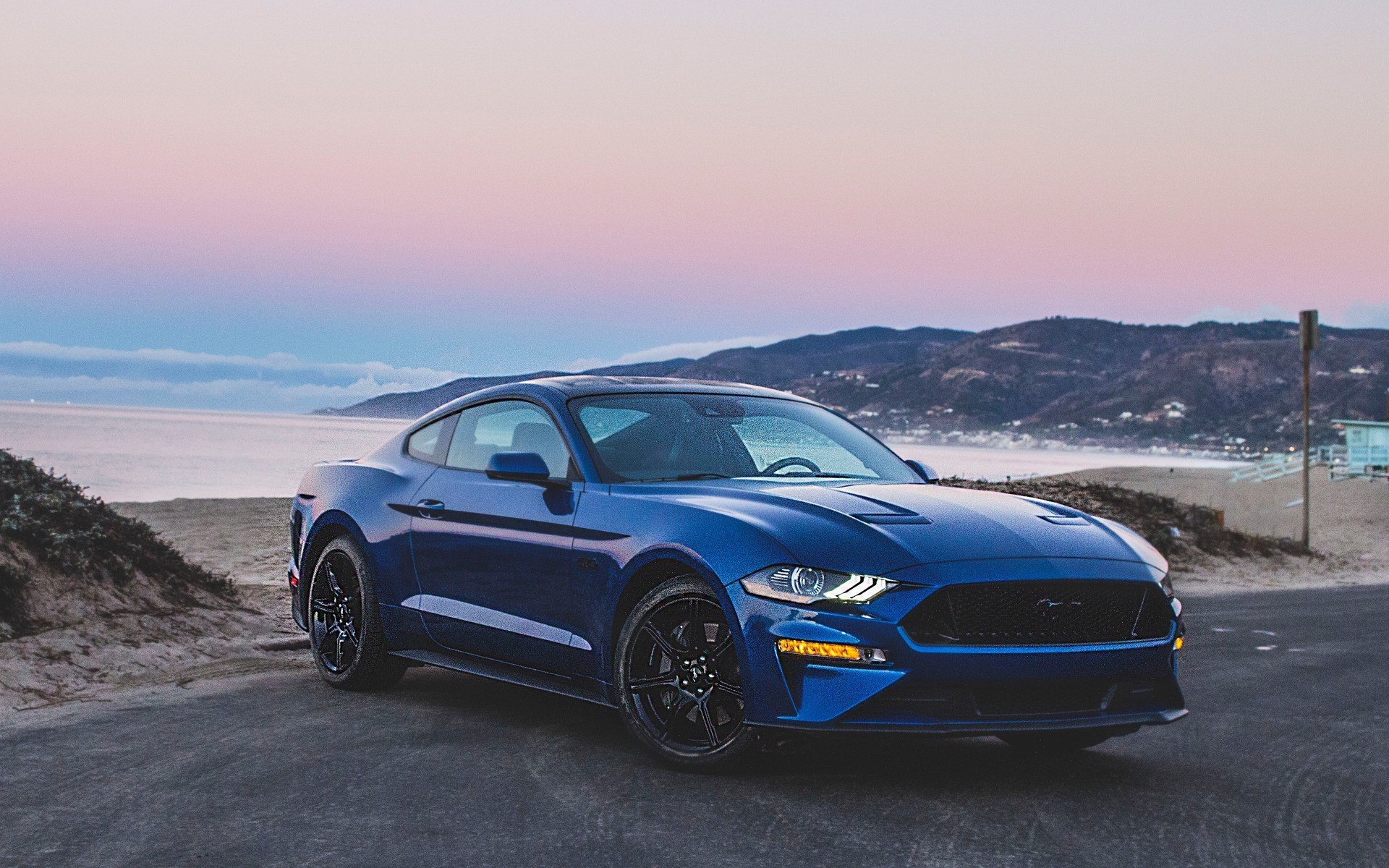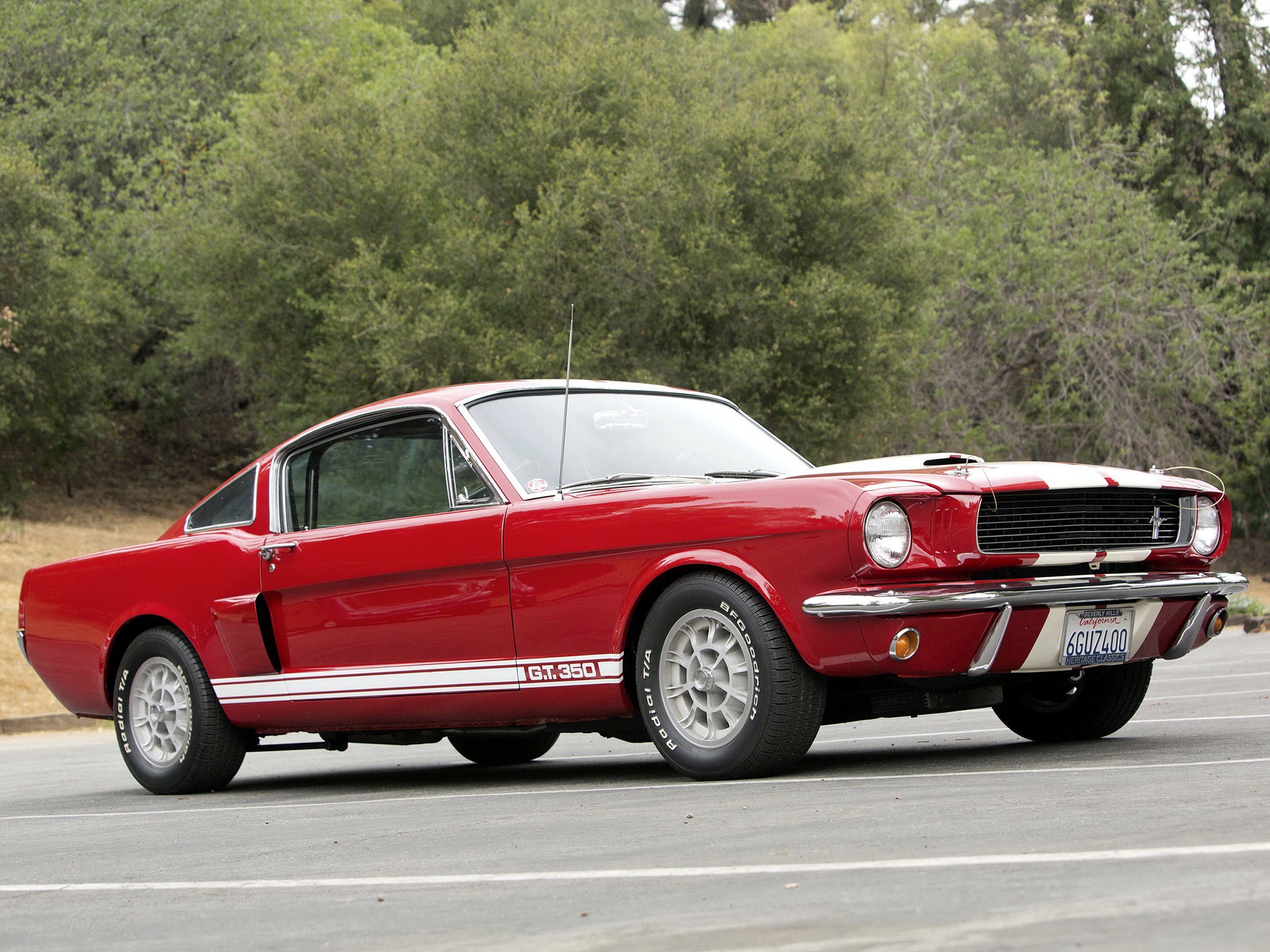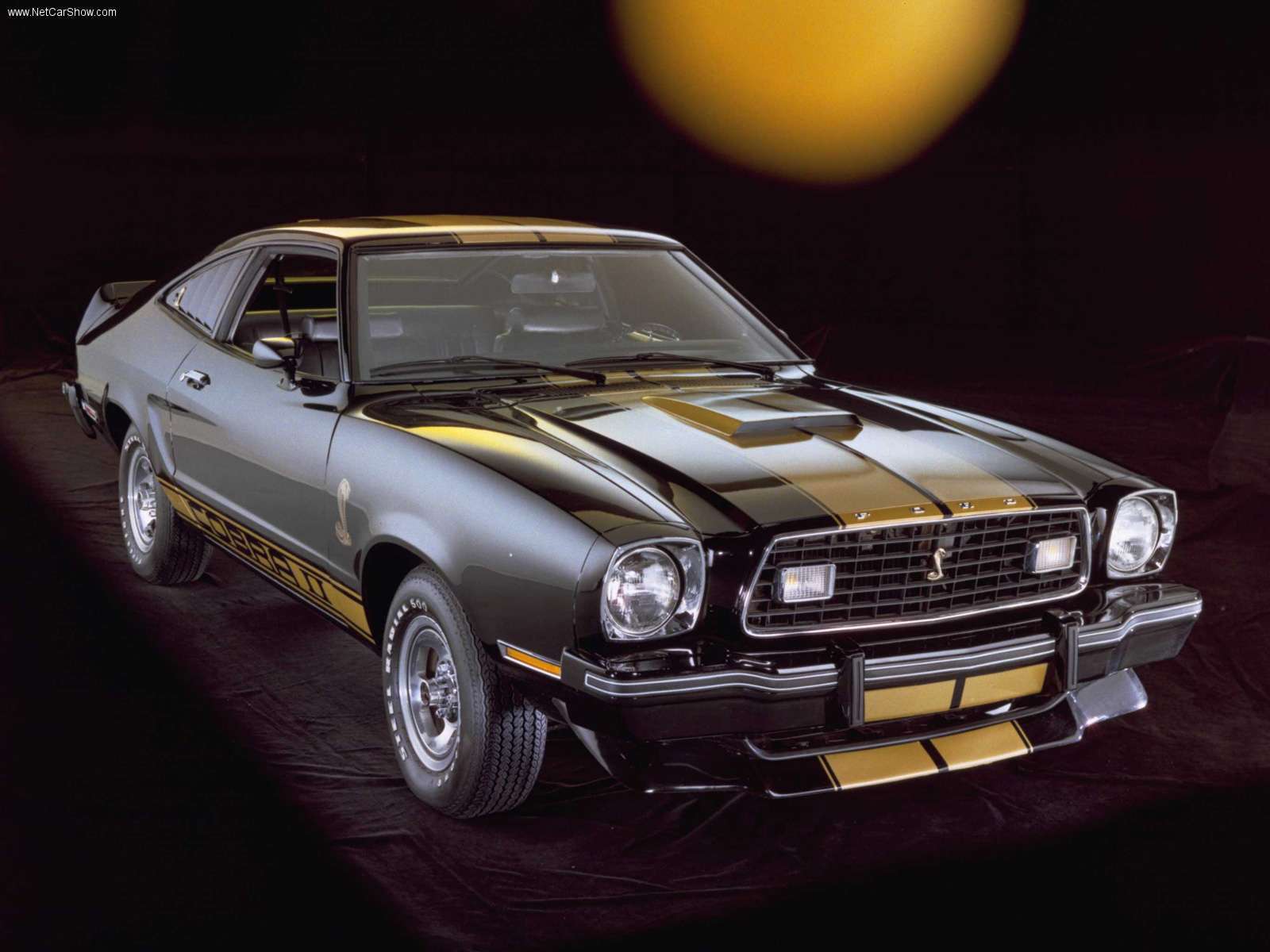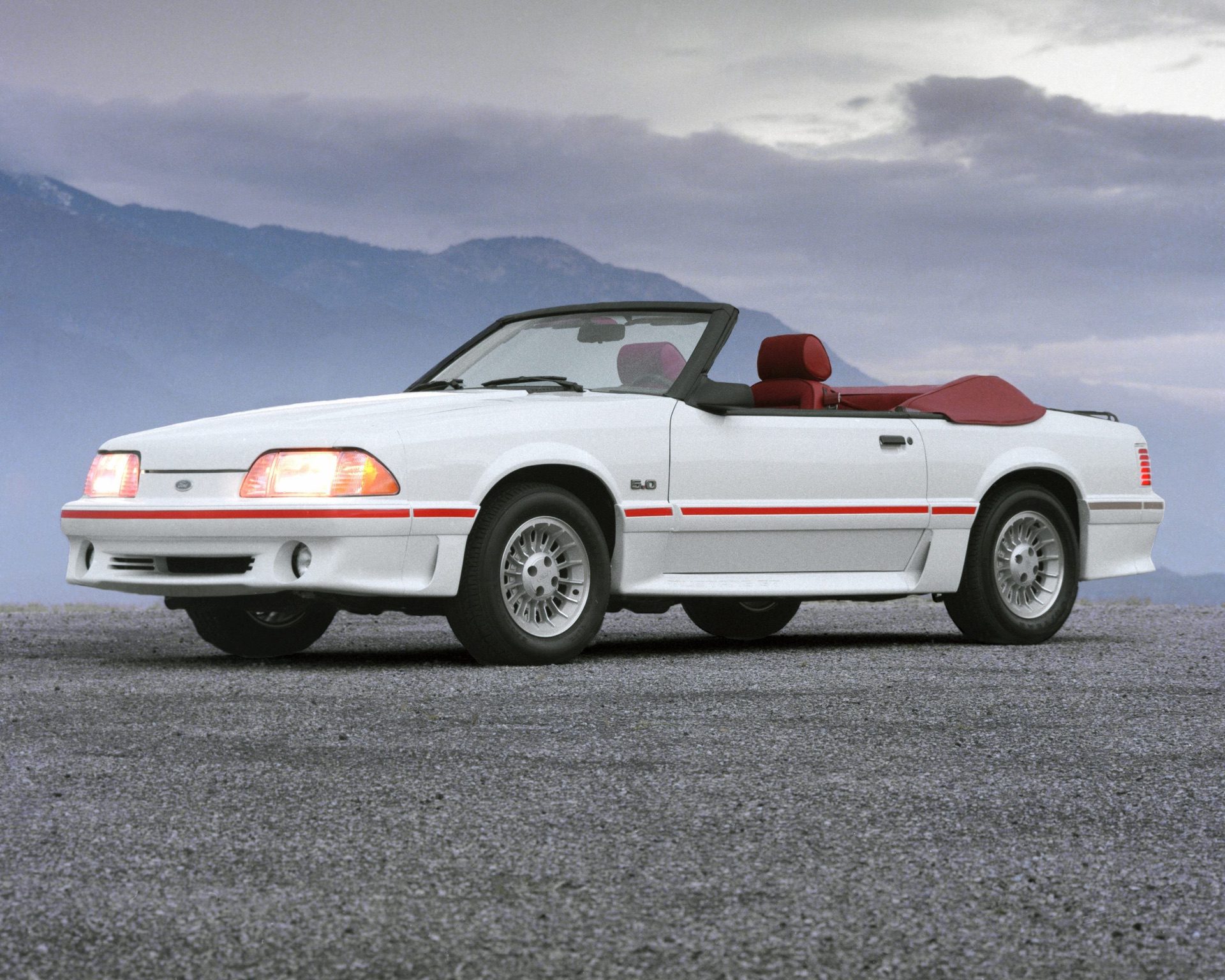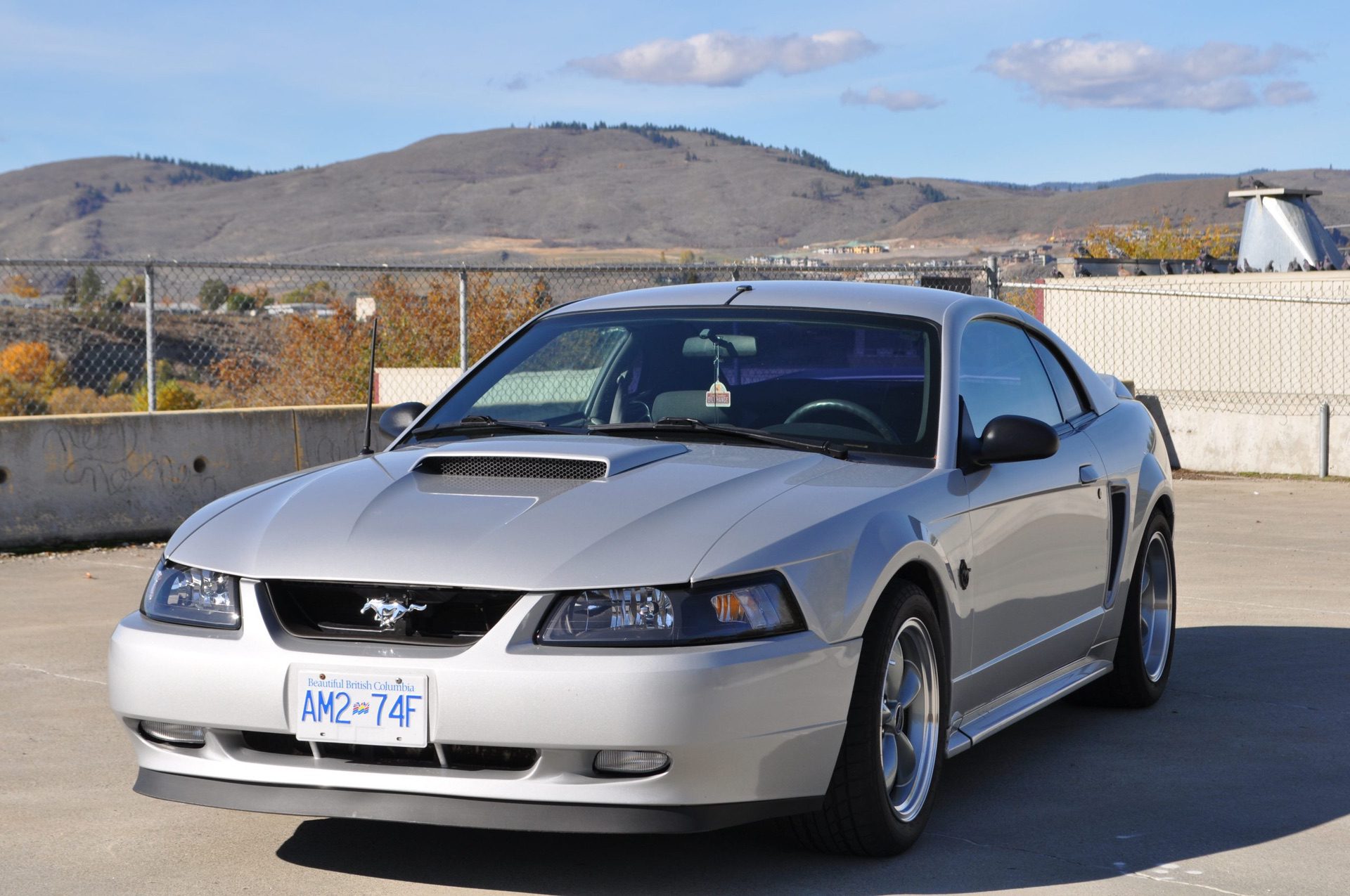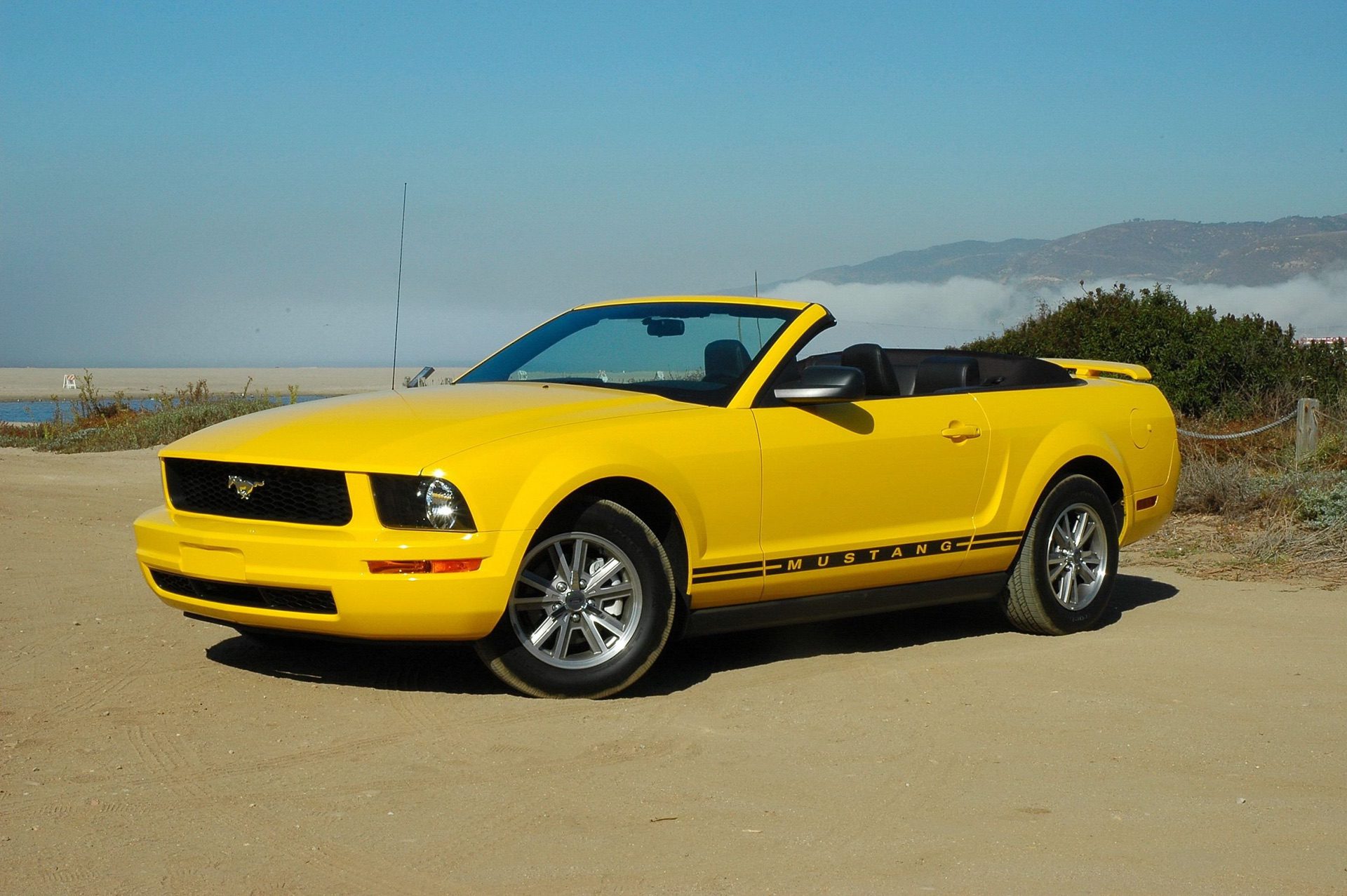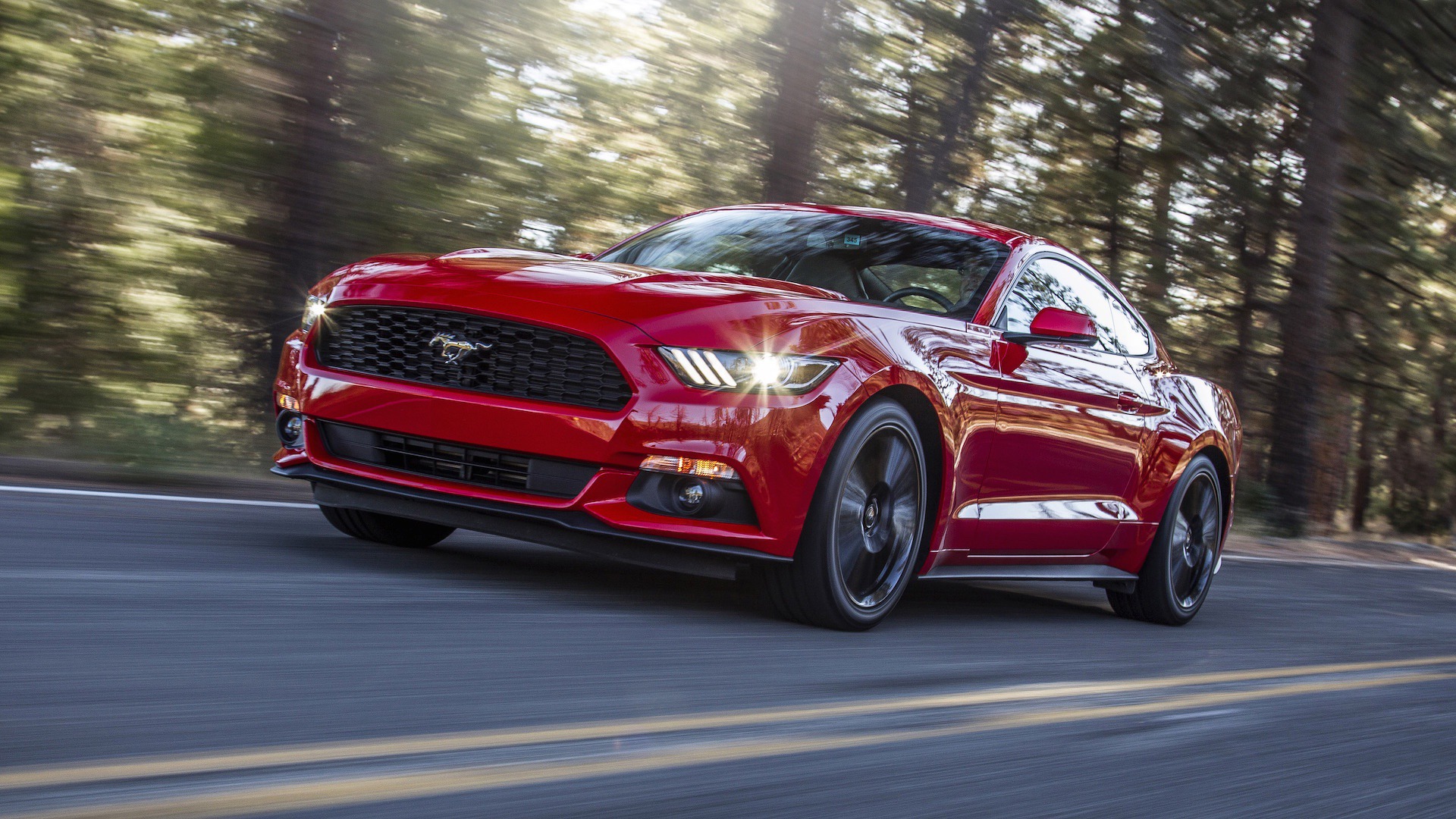Throughout the years, the Ford Mustang has continually evolved, transitioning from a sporty cruiser to an unabashed titan of the performance scene. However, this transition did not occur overnight. In fact, quite the opposite is true, as Mustang production has now spanned six successive generations and more than 50 years in total.
With the passing of each generation, the Mustang has undergone a host of design changes, both technical and cosmetic in nature. The sum of these adaptations is the very essence of the Mustang, in its modern sixth-generation form. However, upon reflection, there is much to appreciate about the Mustang in each of its numerous forms.
The following is a generational breakdown of Mustang production over the decades.
Generation 1: 1964–1973
The original Ford Mustang was released to much fanfare during the later portion of the 1964 model year. Initially, the Mustang was marketed to a sizable audience and offered at a relatively subdued price point. Production costs were kept in check by utilizing components from several vehicles that were already in production, most notably including the Ford Falcon.
In the beginning, the Mustang came standard with a 170 cubic-inch straight-six, though consumers could choose from two modest V8 options as well (260CI / 289CI). As the generation progressed, a number of legendary Mustang variants were also released, including the Shelby GT350, Shelby GT500, Boss 302, Boss 429, and Mach 1.
Toward the latter half of its first generation of production, the Mustang began to grow in both size and stature. By 1973, the Mustang was markedly longer and wider in measurement than its predecessor from nearly a decade prior. The Mustang had also packed on additional heft, weighing approximately 800-pounds more than it did in its original form.
Generation 2: 1974–1978
In 1974, the public was introduced to the all-new second-generation Mustang. After roughly a decade of upsizing, the second-gen Mustang II appeared considerably smaller than earlier iterations of Ford’s pony car. The Mustang II was initially available with two engine options, both of which had also shrunk considerably in size.
In 1973, consumers opting for the purchase of a Mustang were left to choose between a dismal 140CI four-cylinder and a 171CI V6. To say the least, the Mustang II was no speed demon. However, the Mustang II did prove to be the right car for the era in which it was produced. Within two months of the Mustang II’s release, America found itself in the midst of the 1973 oil crisis, at which time having a compact-yet-sporty cruiser became extremely desirable.
Though the Mustang’s second generation is seldomly remembered in a fond sense by performance enthusiasts, the era proved every bit as successful as the one before it. In fact, the Mustang II was named Motortrends Car of the Year in 1974, when its sales flourished far beyond what most would have expected.
Generation 3: 1979–1993
The third-generation Mustang first appeared in dealer showrooms during the 1979 model year. This all-new Mustang utilized Ford’s “Fox-body” architecture, much like the Ford Fairmont. In this form, the Mustang featured a lengthy hood, rectangular headlights, and an abbreviated rear deck lid. Initially, only notchback and hatchback models were offered, though a convertible version of the third-gen Mustang entered the market in 1983.
The Fox Mustang underwent significant restyling in 1987, at which point Ford’s third-gen pony car gained flush headlights and a redesigned interior. Additionally, GT-series Mustangs received new sporty, low-lying side skirts, and louvered tail lights. Meanwhile, LX-model Mustangs retained a somewhat less-flashy exterior facade.
Upon its initial release, the third-generation Mustang was offered with a 2.3L four-cylinder, a 2.8L V6, a 3.3L inline-six, and a 4.9L V8. The 2.8L V6 was quickly dropped from the Mustang’s engine lineup, as was a turbocharged version of the 2.3L four-cylinder. However, an updated version of this turbocharged 2.3L powerplant would again enter production in 1983.
Generation 4: 1994–2004
The fourth-generation Mustang, released in 1994, reverted back to many of the line’s classic styling cues of the 1960s and 70s. The earlier Mustang’s side skirts, as well as the iconic pony emblem itself, returned as standard fare. The fourth-generation Mustang also featured sweeping body lines and distinctly-angled headlights. Even the Mustang’s new twin-cowl dash served as an obvious nod to the past.
The fourth-generation Mustang came standard with a 3.8L V6, though many consumers opted for the line’s larger 4.9L V8. The latter of these two engines produced a somewhat modest output of 215 horsepower. Production of the Mustang’s 4.9L V8 was shuttered in 1999, in favor of a new modular 4.6L powerplant. Subsequent improvements to this engine yielded a noticeable gain in performance, bringing the powerplant’s total output to 260 horsepower.
Additionally, the 1999 model year saw the introduction of Ford’s “New Edge” styling, which provided the Mustang with a slightly more aggressive overall profile. The 1999 Mustang featured more pronounced wheel arches, defined body lines, and heavier contours. Some bolder paint codes also entered circulation.
Generation 5: 2005–2014
Introduced in 2005, the fifth-generation Mustang served as a nostalgic breath of fresh air to Mustang enthusiasts the world over. The fifth-gen Mustang’s styling was decidedly retro, featuring traditionally-placed headlights, classic body lines, and a large open grille. Even the earlier Mustang’s signature fog lights had returned.
The fifth-generation Mustang was again restyled prior to the 2010 model year. While most cosmetic modifications were relatively modest, the Mustang did receive sequential rear turn signals. This, of course, served as a nod to earlier Shelby designs.
Initially, a 4.0L V6 served as the fifth-gen Mustang’s standard powerplant, while a 300 horsepower 4.6L V8 was also offered on an optional basis. Then, in 2011, a new 3.7L V6 was introduced, as was a more robust 5.0L V8. The latter of these two engines produced a maximum output of 412 horsepower.
Generation 6: 2015–Present
Today, the Mustang finds itself in the midst of its sixth generation of production. In its most recent form, the Mustang has taken on a more modern look, with a sweeping front-end, aggressively-styled headlights, and crisp body lines. In many ways, the sixth-generation Mustang is far less “heritage-oriented” in design than the line’s past two-generational offerings.
The sixth-generation Mustang has been offered with a total of four different powerplants to date. These engines include the 2.3L EcoBoost, 3.7L V6, 5.0L Coyote V8, and 5.2L Voodoo V8. In 2018, the above-mentioned 3.7L V6 was dropped from the Mustang’s engine lineup, leaving the turbocharged 2.3L EcoBoost as the line’s base powerplant.
The sixth-generation Mustang is also noteworthy for its use of an independent rear suspension as standard equipment. This is a noticeable departure from the Mustang’s long-standing use of a live rear axle design.


